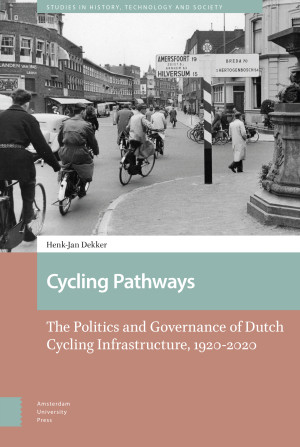"Like the best historians, Dekker shows that the bicycle’s special status
was “never a foregone conclusion,” but rather the result of advocates, lob byists, politicians (at both the national and local level), and the unique
Dutch system of government, all of which he deftly describes, tracking
political evolutions alongside social and cultural ones (p. 22)." - Evan Friss, Technology and Culture, Volume 63, Number 3, July 2022.

